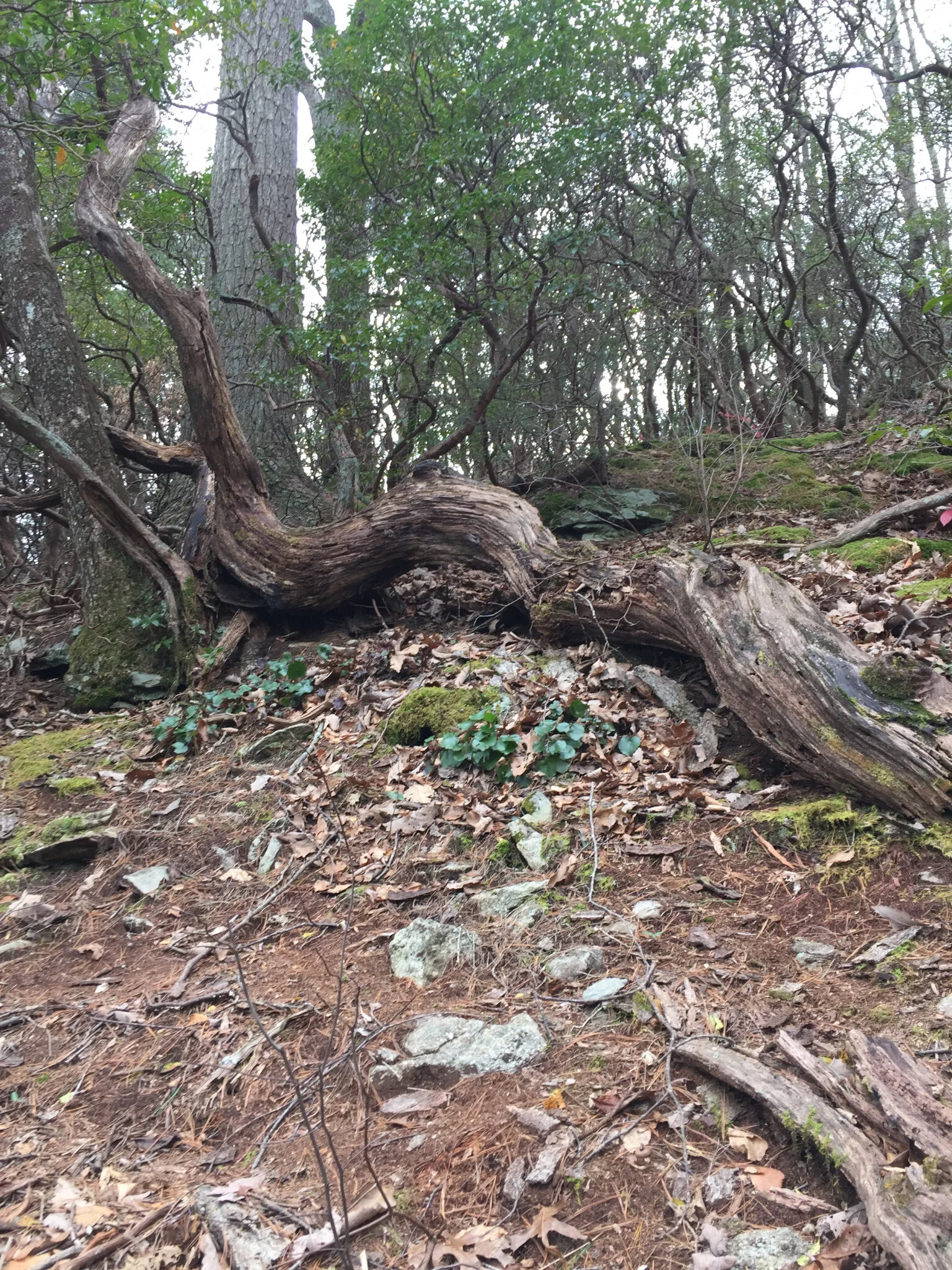Review of Dimestore: A Writer’s Life by Lee Smith
/It’s been a long time since I read a piece of non-fiction that has thrilled me the way Lee Smith’s Dimestore has. Though I’ll probably never meet Lee Smith, much less be a writer of her caliber, she is my imaginary mentor and reading this book felt like a gift. If you fell in love with the voice of Ivy Row in Smith’s novel Fair and Tender Ladies, you must read Dimestore.
The central paradox of the memoir, and of Appalachia in general, is that of a rootedness in place; yet that very place has gone mainstream and the big box has commodified what was once a culture—or is that only our nostalgic reckonings. In the preface Smith describes herself as a mountain girl “through and through,” specifically from Grundy, Va., yet being raised to leave because she had a mother who was “not from around here.” She wrestles throughout the volume with being of the mountains, but not in them. Like the coal extraction from Central Appalachia, Smith realizes that her own stories have most value outside the region.
The first and longest essay of the collection, the eponymous Dimestore, is told in Smith’s Grundy voice, sounding very much like Ivy Rowe from Fair and Tender Ladies. This essay is a sweet, deep dive of Smith’s childhood growing up the only child of the owners of the local dimestore, tracing the history of her daddy’s business in Grundy when Grundy was on the other side of the river.
After reading Dimestore and Recipe Box I felt rather gut-punched reading Kindly Nervous—a phrase I know well—where Smith recalls her parents’ bouts with mental illness (at the age of nineteen, when I told my dad I had been diagnosed with bipolar disorder he said he didn’t think that, only that I was “kindly nervous”). Kindly nervous is short and set off from the long recollections that frame it, and must have been how Smith experienced her parents’ bouts of depression. She is the Dimestore daughter who watches parents dance in the kitchen, yet from time to time she is sent away while her parents recover from low periods. But she doesn’t know when she is young that these are things she can write about.
My favorite essay in the collection was the one that had me wiping tears off my cheeks on the bleachers while my boys were in their ninja class. Marble Cake and Moonshine takes us to Smith’s early adulthood where she recounts finding her writer’s voice. Here, after hearing a reading by Eudora Welty, she finally understood the meaning of “write what you know.” The essay was so moving for me because it wasn’t until I read Smith’s novel Fair and Tender Ladies, which ranks second only to Wuthering Heights in my personal literary cannon, that I understood what it means to write what you know. I burst into tears when I read: “Though I have spent most of my working life in universities, though I live in piedmont North Carolina now and eat pasta and drive a Subaru, the stories that present themselves to me as worth telling are often those somehow connected to that place and those people. The mountains that used to imprison me have become my chosen stalking ground” (p. 70-71). She had entered the part of her life where she can begin reconciling her past with her present.
The second half of the book turns, appropriately, to Smith’s mature adult life and we hear less Ivy Rowe and more Miss Daisy. In this section of the book, Lee gives much good writing advice wrapped up in interesting stories. For example, in Big River, the story of how she and her friends took a riverboat journey, which she later fictionalized, she says, “But a trip—or a plot, let us say—is merely a series of events, and even the most interesting events do not add up to a story.” Fiction, she says, must have conflict. Lightning Storm and On Lou’s Porch are about Smith’s teaching experience. She uses the essays to move her narrative along as well as write lovely tributes to her students, such as Virginia writer, Lou Crabtree.
My favorite piece in this section was Driving Miss Daisy Crazy. It is all about the so-called New South, and the challenges artists and writers from the region encounter. For example, she says: “For a writer cannot pick her material any more than she can pick her parents; her material is given to her by circumstances of her birth, by how she first hears language. And if she happens to be Southern, these factors may already be trite, even before she sits down at her computer to begin” (p. 118). I might be part of the last generation who lived out many Appalachian stereotypes and it is indeed a challenge to write about my experience in fresh ways.
Goodbye to the Sunset Man goes back to a more intimate recounting, this time with Smith writing about her son’s experience with mental illness and his eventual passing. Here Smith gives a hope-filled account and goes a long way to counter stereotypes of schizophrenia. Her love for her son, her perceptions of who he was, shines through in a way that does not diminish him or center herself. She says near the end of the essay: “Yet to have children—or simply to experience great love for any person at all—is throw yourself wide open to the possibility of pain at any moment. But I would not choose otherwise. Not now, not ever.”
In the final essays, Smith connects and makes sense of what has come before. In A Life In Books she says: “I refuse to live an unexamined life. No matter how painful it may be, I want to know what’s going on. So I write fiction the way other people write in their journals.” Smith goes on to discuss how her fiction had been reflective of conflicts she herself didn’t see at the time of writing. It is fitting then that Angel’s Passing is almost a goodbye to Smith’s past, to the nostalgia of the Dimestore. Likewise, The Little Locksmith, a final short essay set on the coast of Maine (it’s about Katharine Butler Hathaway), looks forward to new lands or maybe to an old world. Yet we feel confident that she knows how “to listen to whatever voice speaks within” (p. 200), and look forward to Smith’s next great novel.









